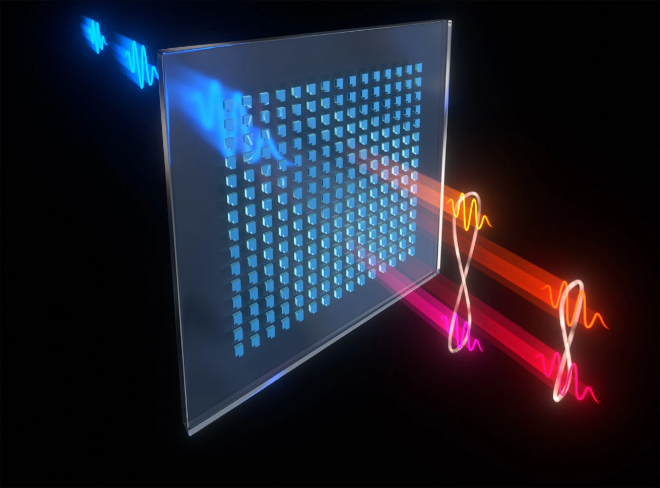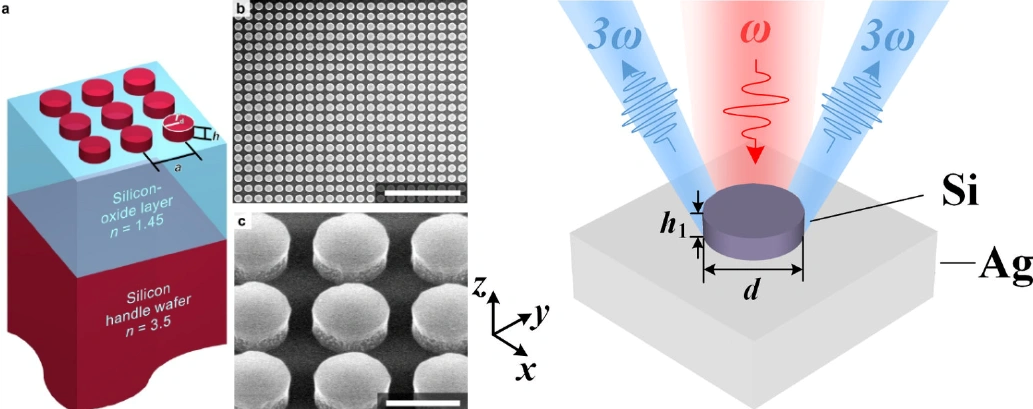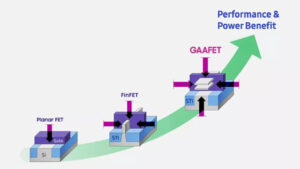Introduction
In a groundbreaking feat of scientific innovation, Chinese researchers have achieved the seemingly impossible by slowing down light, unlocking a new era for photonic chips.
This remarkable breakthrough promises to revolutionize information processing and communication technologies, paving the way for faster and more efficient devices.
Join us on a journey into the realm of photonics, where the speed of light meets the ingenuity of Chinese scientists, heralding a future filled with unprecedented possibilities.
Understanding Photonic Chips
Photonic chips, as opposed to traditional electronic chips, utilize photons instead of electrons in their circuits.Addiitionally,this shift not only brings the accuracy of photonic chips closer to electronic ones but also offers advantages such as lower power consumption and increased speed.
While the speed of light in a vacuum remains constant, manipulating its speed within other media is crucial for designing efficient photonic chips.
The Science Behind Slowing Down Light
Dr. Li Guangyuan, a researcher of optical engineering at the Shenzhen institute, led the study and explained the importance of slowing down light.
When light is slowed down, the energy density of the light increases. This means that with the same device length, the effective distance for light to interact becomes longer, ultimately enhancing the performance of a photonic device.
Read More:7 ways How SRAM Powers the Brain of Artificial Intelligence – techovedas
Who is Li Guangyuan?
Dr. Li Guangyuan is a renowned researcher and scientist affiliated with the Shenzhen Institute of Advanced Technology (SIAT) in China. He has made significant contributions to the field of photonics, specializing in topics such as optical wavefront shaping, beamforming, and optical interconnects.
Dr. Li has published numerous papers in top-tier international journals and is the recipient of IEEE Photonics Kressl Prize. He has published numerous papers in these areas, with a notable h-index of 21.
Innovative Approach to Slow Light
The team designed a photonic chip that slows down light by more than 10,000 times with a remarkably reduced energy loss of only about 20%, a significant improvement compared to previous attempts. The traditional method of controlling light speed relies on Meta surfaces.
What are Meta surfaces?

Photons pass through a resonant metasurface and produce entangled photon pairs at different wavelengths
Metasurfaces are two-dimensional structures made up of subwavelength or submicron-sized elements that manipulate electromagnetic waves, such as light or radio waves, in highly controlled ways. These artificial surfaces are engineered to exhibit specific optical properties, allowing scientists and engineers to control the behaviour of light with unprecedented precision.
However, these structures often lead to material absorption and scattering, reducing the lifespan of photons. The research team addressed this issue through improvements in material selection and structural design.
Material Selection and Structural Design

Figure – (right) Schematic of a silicon nanodisk placed onto an optically thick silver
To minimize absorption loss, the researchers chose materials with low or no absorption loss at the wavelengths of interest.
For instance, they used lossless silicon materials for infrared spectra and transparent materials like silicon nitride or titanium dioxide for visible light spectra. In terms of structural design, the team enhanced the surface lattice resonance concept, utilizing a periodic surface structure of 100-nanometer silicon nanodisks.
This design shift reduced material absorption loss and recaptured scattered photons, extending their lifespan.
Read More: 3 Reasons Why TSMC Won’t Adopt High-NA EUV Lithography Until 2032
Potential Impact and Future Applications
The slowed light effect not only enhances the performance of photonic devices but also has the potential to reduce manufacturing costs for photonic chips.
By utilizing metasurface technology, photonic chips can be as thin as stickers or building blocks, allowing for functional stacking.
This advancement could expand the applications of photonic chips in devices such as sensors, lasers, and LEDs, revolutionizing various industries.
Read More: Quantum AI’s Battle with the Classical AI – techovedas
Conclusion
The breakthrough by the Shenzhen Institute of Advanced Technology marks a significant stride in the field of photonics.
The ability to slow down light on a microchip opens up new possibilities for advancing light-based technologies, with potential benefits in terms of improved performance, reduced energy consumption, and increased applications.
As researchers continue to refine and expand upon these findings, the future of photonic chips appears brighter than ever.






